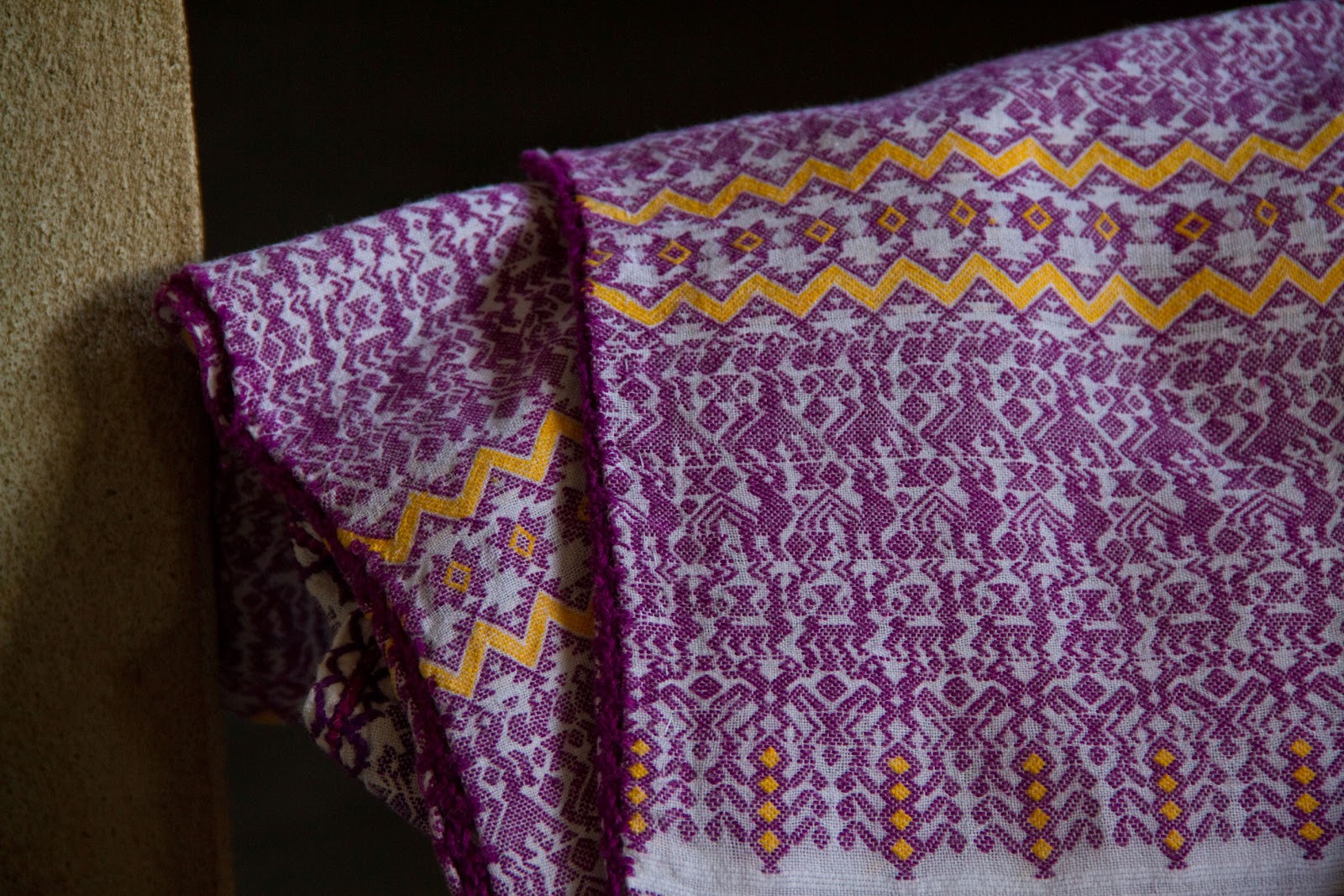El Zócalo de Oaxaca
ha existido desde 1529. A la llegada de los españoles establecen Oaxaca como
muchas ciudades creadas durante este período, con edificios de Iglesia y
gobierno alrededor de una plaza y calles con coordenadas rectangulares que se extiende
desde la Plaza.
The Zócalo, of Oaxaca has existed since 1529. On arrival,
the Spanish laid out Oaxaca like many cities created during this period, with
church and government buildings around a square and streets with rectangular
coordinates extending from the Plaza.

En el lado sur del
Zócalo, está el Museo del Palacio Espacio de la diversidad, o el Palacio del
Gobernador original, construido en 1832. En el lado norte se encuentra el Hotel
Marqués Del Valle. En el oeste de el hotel el Zócalo se abre a la Alameda de
León. Los lados este y oeste son en su mayoría llena de restaurantes. Durante
el dominio colonial, el lugar no tenía pavimento o paseos, sólo una fuente de
mármol construida en 1739 y posteriormente, se elimina para dar lugar al primer
quiosco en 1857. En 1885 una estatua de Benito Juárez se reemplazó el quiosco.
En 1901 la actual kiosco fue construido en un estilo art nouveau con una
cubierta metálica y pasamanos de hierro forjado sustitución Benito Juárez. El
Zócalo es una parte central de lo que hace que Oaxaca aparece como patrimonio
cultural de la humanidad por la UNESCO.

On the south side of the Zócalo is the Museo del Palacio
Espacio de la Diversidad, or the original Governor’s Palace, built in
1832. On the north side is the Hotel
Marques Del Valle. To the west of
the hotel the Zócalo opens out to the Alameda de León. The east and west sides are mostly
filled with restaurants. During colonial rule, the place had no pavement or
side walks, only a marble fountain built in 1739 and later removed to make way
for the first kiosk in 1857. In
1885 a statue of Benito Juarez replaced the kiosk. In 1901 the current kiosk
was built in an art nouveau style with a metal cover and wrought iron railings
replacing Benito Juarez. The
Zócalo is a central part of what makes Oaxaca listed as a world cultural
heritage site by UNESCO.
Alameda de León contiguo es otro plaza, con el correos al
oeste y la Catedral de Nuestra Señora de la Asunción al este, al principio
construido en 1535.
The adjoining Alameda de León is another plaza with the post
office to the west and the Cathedral of Our Lady of the Assumption to the east,
originally built in 1535.
El Zócalo sirve como
un lugar de reunión habitual tanto políticas como sociales. La Banda del Estado
de Oaxaca tiene conciertos en el Zócalo Capitalino los domingos a las 12:30.
The Zócalo serves as a central gathering place both social
and political. La Banda del Estado
de Oaxaca has concerts in the Zócalo on Sundays at 12:30.
El miércoles por la noche
que se puede participar en el Danzón con la banda de Marimba.
On Wednesday evenings you can participate in the Danzón with
the Marimba Band.
Otros conciertos se celebran aquí intermitentemente.
Other concerts are held here intermittently.
El 23 de diciembre,
La Noche de Rabanos llena el Zócalo.
On the 23rd of December, La Noche de Rabanos
fills the Zócalo.
La noche siguiente los Posadas desfilan por el Zócalo.
The next night the Posadas parade through the Zócalo.
En el frente
político, diversos grupos han acampado de protesta frente al Palacio del
Gobernador. En el año 2002 los oaxaqueños protestaban contra McDonalds que
intentó abrir un restaurante en el Zócalo Capitalino. Protestaban por tener un
festival los tamales.
On the political front, various groups have camped in
protest in front of the Governor’s Palace. In 2002 the Oaxaqueños protested against McDonalds who
attempted to open a restaurant on the Zócalo. They protested by having a tamales festival.
Además de las
cafeterías y restaurantes que rodean Zócalo, mucho otro comercio ocurre aquí.
Es posible comprar la ropa y la joyería, conseguirle los zapatos brillaron,
para comprar juguetes para sus niños, comprar flores y cualquier número de
otras cosas.
Other than the cafes and restaurants that surround the
Zócalo, much other commerce takes place there. It’s possible to buy clothes and jewelry, get you shoes
shined, buy toys for your kids, buy flowers, and any number of other things.
























































